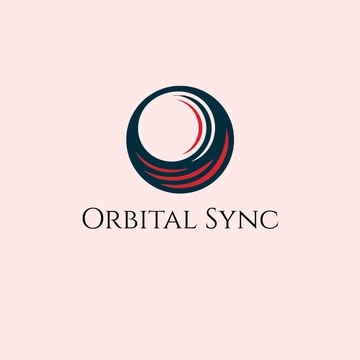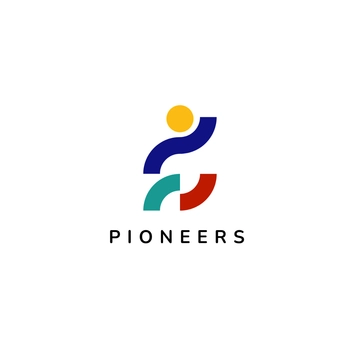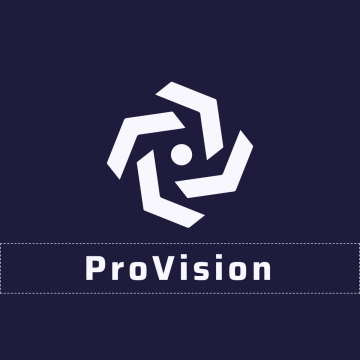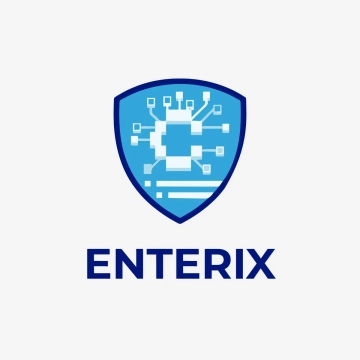Free Logo Guide
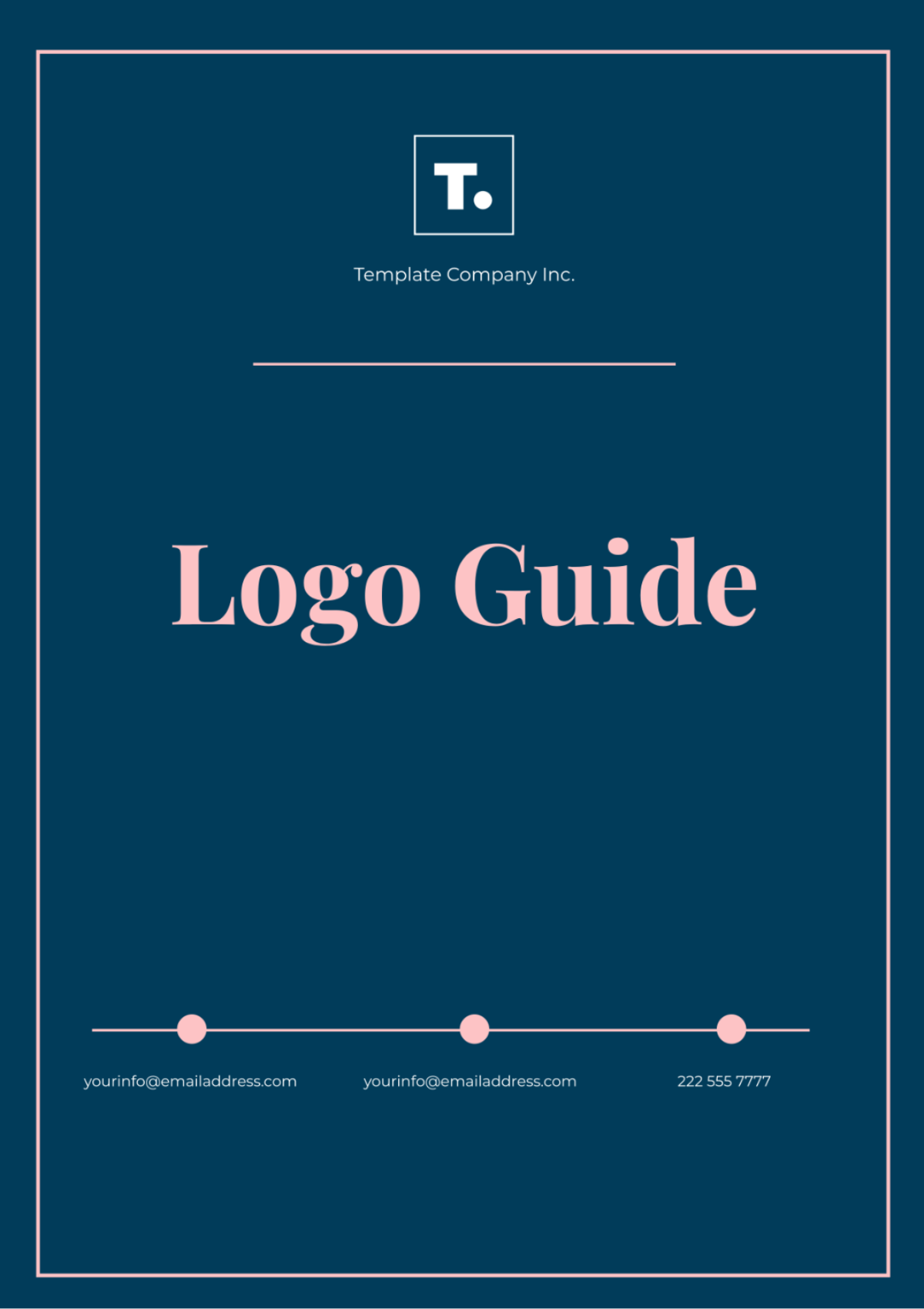
I. Introduction
Welcome to the Logo Guide, designed to assist you in effectively managing and utilizing your company's logo. This guide provides comprehensive instructions on proper logo usage, branding guidelines, and visual identity standards.
Whether you're a [SMALL BUSINESS OWNER], [MARKETING PROFESSIONAL], or [BRANDING ENTHUSIAST], this guide will help you maintain consistency and professionalism in your brand representation. Explore the following sections to understand the importance of your logo and how to leverage it for maximum impact.
II. Understanding Your Logo
A. Logo Overview
Your company's logo is the visual representation of your brand identity. It communicates your values, vision, and unique identity to your audience.
B. Logo Components
Primary Logo: The main version of your logo, typically including the full company name and iconography.
Secondary Logo: A simplified version of your logo, often without the company name, used in smaller sizes or specific applications.
Icon: The standalone icon or symbol from your logo, used for social media avatars, app icons, or other condensed spaces.
III. Logo Usage Guidelines
A. Logo Variations
Color: Use the full-color version of your logo for most applications.
Black and White: When color is not available, utilize the black and white version of your logo.
Monochrome: In situations where color options are limited, the monochrome version of your logo is appropriate.
B. Minimum Size and Clear Space
Minimum Size: Ensure your logo is never displayed smaller than [MINIMUM SIZE] to maintain legibility.
Clear Space: Maintain clear space around your logo equivalent to [CLEAR SPACE MEASUREMENT] on all sides to prevent visual clutter.
C. Logo Misuse
Prohibited Modifications: Avoid altering the proportions, colors, or elements of the logo.
Inappropriate Use: Do not distort, rotate, or overlay the logo with other graphics.
IV. Branding Guidelines
A. Color Palette
Primary Colors: Utilize [PRIMARY COLOR HEX CODES] for brand consistency.
Secondary Colors: Supplementary colors to enhance visual appeal.
B. Typography
Primary Font: [PRIMARY FONT NAME] is used for headlines and main text.
Secondary Font: [SECONDARY FONT NAME] complements the primary font for additional text elements.
C. Imagery
Photography Style: [PHOTOGRAPHY STYLE DESCRIPTION] reflects the brand's personality and values.
Illustrations: Use [ILLUSTRATION STYLE DESCRIPTION] for custom illustrations consistent with brand aesthetics.
V. Conclusion
In conclusion, consistent and proper usage of your company's logo is essential for building brand recognition and trust. Refer back to this guide whenever you need clarification on logo usage or branding guidelines.
For further assistance or inquiries, contact [YOUR COMPANY NAME] at [YOUR EMAIL] or visit our website at [YOUR COMPANY WEBSITE]. Follow us on social media: [YOUR COMPANY SOCIAL MEDIA]. Thank you for prioritizing your brand's visual identity.
- 100% Customizable, free editor
- Access 1 Million+ Templates, photo’s & graphics
- Download or share as a template
- Click and replace photos, graphics, text, backgrounds
- Resize, crop, AI write & more
- Access advanced editor
Introducing the Logo Guide Template, exclusively on Template.net! This editable and customizable resource simplifies logo usage guidelines. Tailor it effortlessly to your brand's needs—editable in our AI Editor Tool for seamless adjustments. Ensure consistent and impactful branding across all platforms with this comprehensive guide, empowering your brand's identity.
You may also like
- Gaming Logo
- Football Logo
- Photography Logo
- Company Logo
- Name Logo
- Real-Estate Logo
- Wedding Logo
- Circular Logo
- Sports Logo
- Restaurant Logo
- Cafe Logo
- Gym Logo
- Education Logo
- Cricket Logo
- Beauty Logo
- Fashion Logo
- Travel Logo
- Construction Logo
- Bakery Logo
- Cleaning-Services Logo
- Music Logo
- Dj Logo
- Church Logo
- Hotel Logo
- Event Logo
- Interior-Design Logo
- Medical Logo
- Flower Logo
- Architecture Logo
- Health Logo
- Marketing Logo
- Finance Logo
- Text Logo
- Youtube Logo
- Podcast Logo
- Non-Profit Logo
- Digital-Marketing Logo
- Spa Logo
- Law-Firm Logo
- It Logo
- Transport Logo
- School Logo












